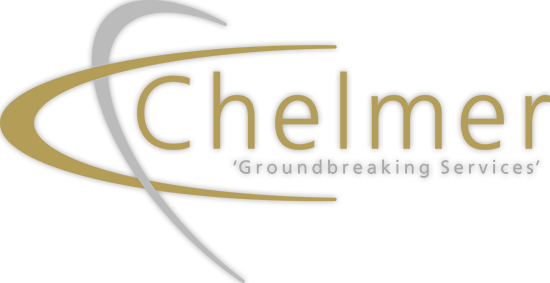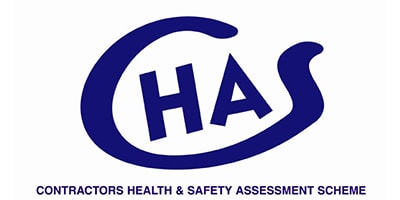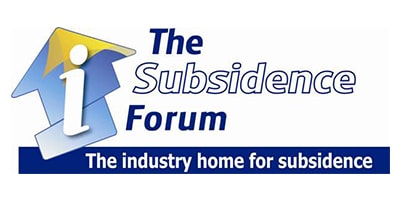Topographical Surveying
Understanding a sites dimensions can add essential cost and time savings during the early stages of a project, from assisting in the planning of development schemes to budgeting for materials.
Topographical Surveys are used to accurately establish and describe features across a site, such as the site levels and contours, buildings/structures, trees, roads, manholes etc.
All our surveys are undertaken by experienced, professional surveying teams who will work quickly and efficiently, both on-site and when back in the office, to produce plans and drawings of exceptionally high quality.
Permanent set up stations are created at the start of a project, which are discrete and reliable for future use, safe from redevelopment and used as a control point that can be referred to by future contractors.
Chelmer have undertaken a wide variety of surveys, from small road and pathway sections, to large complex development sites.
Movement Monitoring
Movement monitoring can be utilised when small changes in a features position are required to be detected. This can range from a wide variety of applications, such as during demolition works or basement excavations of either the subject building or adjacent buildings sharing party walls. Monitoring can last over several days, to months or even years, to gain a long term understanding of any movement. We can identify small changes in vertical, level and horizontal movement or full 3D XYZ coordinate differences.
Chelmer’s expertise in installing and completing monitoring will help the client and their structural engineers or architects to achieve accurate and reliable data to help meet their requirements.
Utility Tracing
Identifying underground utility services is an essential requirement for Chelmer, which can;
- significantly reduce the health and safety risk during intrusive site investigation works,
- help reduce the risk of damage to such services, thus potentially saving the client vast amounts of money which may have resulted from downtime and costly repairs, and
- allow accurate future planning for any development works.
Obtaining statutory records is a key starting point for identifying known utility services, however these plans/drawings can often be outdated, inaccurate or of poor quality.
A simple non-intrusive utility tracing survey can be undertaken on-site, using specialist equipment such as Cable Avoidance Tools (CAT) & Genny and Ground Penetrating Radar (GPR), to provide clear and accurate details of utility locations.
During the site survey, all key features, such as manholes, valves, utility markers, street furniture and historic excavation scars can be identified and surveyed using topographical survey equipment, which can be overlaid onto an existing topographical plan.
Upon identification of below surface services, visual inspection and confirmation can be undertaken, if required, via opening up/excavation works.
Other Services
Site Investigation
Chelmer are proud to offer both Geotechnical and Environmental site-specific investigations using a wide range of specialist techniques, utilising our own plant and equipment with all works conforming to the relevant British Standards (BS 5930: 2015, BS 10175: 2011).
Laboratory
Chelmer established an ‘in-house’ testing Laboratory with the intent to provide a high quality service and turnaround time of test results that is second to none and that compliments the Site Investigation service.
Consultancy
Offering a comprehensive range of interpretative reporting, the Consultancy has Geotechnical Engineers, Geo-Environmental Engineers, Environmental Geoscientists and Geologists.
Drainage
Following numerous requests from our existing client base, the decision was taken to form a Drainage department within Chelmer. This formation proved highly successful and we are now able to provide an extensive array of services.
Contamination and Remediation
Remediation and regeneration of brownfield sites is becoming a key and essential service to enable the redevelopment of sites, especially within the housing sector. Chelmer can provide investigations to assess contaminated sites and can undertake the necessary remediation works to provide an end site suitable for redevelopment.








